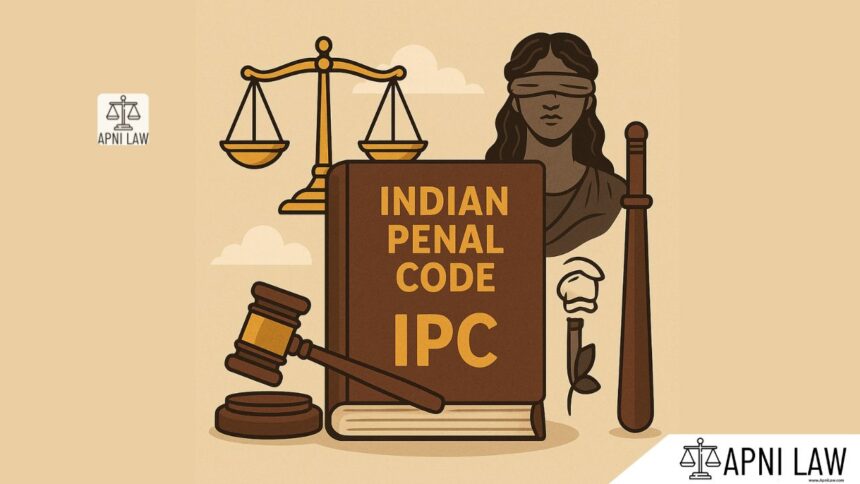Code:
Whoever fraudulently removes, conceals, transfers or delivers to any person any property or any interest therein, intending thereby to prevent that property or interest therein from being taken as a forfeiture or in satisfaction of a fine, under a sentence which has been pronounced, or which he knows to be likely to be pronounced, by a Court of Justice or other competent authority, or from being taken in execution of a decree or order which has been made, or which he knows to be likely to be made by a Court of Justice in a civil suit, shall be punished with imprisonment of either description for a term which may extend to two years or with fine, or with both.
Explanation:
This section deals with the offense of fraudulently removing or concealing property to avoid its seizure by a court. It applies when:
- There is a decree or order of a court for the seizure of property.
- The accused removes or conceals the property with the specific intention to prevent its seizure.
- The act of removal or concealment is done fraudulently.
The intent to prevent seizure is crucial for this offense. If the removal or concealment is for any other reason, then this section may not apply.
3. Illustration:
Imagine a person has a court order against them for the seizure of their car. Knowing the order, they secretly move the car to another location to avoid its seizure by the court officials. This action constitutes an offense under Section 206.
4. Common Questions and Answers:
Q: Is it necessary for the property to be actually seized for this offense?
A: No, it is enough that the accused had the intention to prevent the seizure. The actual seizure is not necessary.
Q: What constitutes fraudulent removal or concealment?
A: It refers to any act done with the intention to mislead or deceive the court officers regarding the whereabouts of the property.
Q: What is the punishment for this offense?
A: The punishment is imprisonment for a term that can extend to two years, a fine, or both.










